THE Volkswagen Passat it was once again the Car of the Year in Portugal in 1997 (B5, the 5th generation, released in 1996) after having won this award in 1990 (B3, the 3rd generation) — spoiler alert: it will be again in 2006 and 2015 — the first time such a feat has been achieved in the history of the national event.
This generation of the Passat was perhaps the most significant — it would be the first chapter of a new era not only for the model but for the brand. A few years before the launch of the Passat B5 in 1993, Ferdinand Piëch takes the reins of the brand and the group, with the mission not only to return to profits, but also to set ambitious goals in terms of product and positioning for Volkswagen and Audi.
While it's clear that Audi would be the brand that best rivals Mercedes-Benz and BMW, his ambition for Volkswagen did not seem to be any different from that planned for Audi. Piëch has embarked on a plan to raise the Volkswagen brand's positioning to levels that anyone in the industry would consider absurd. But not Piëch, who had unflinching ambition and determination.
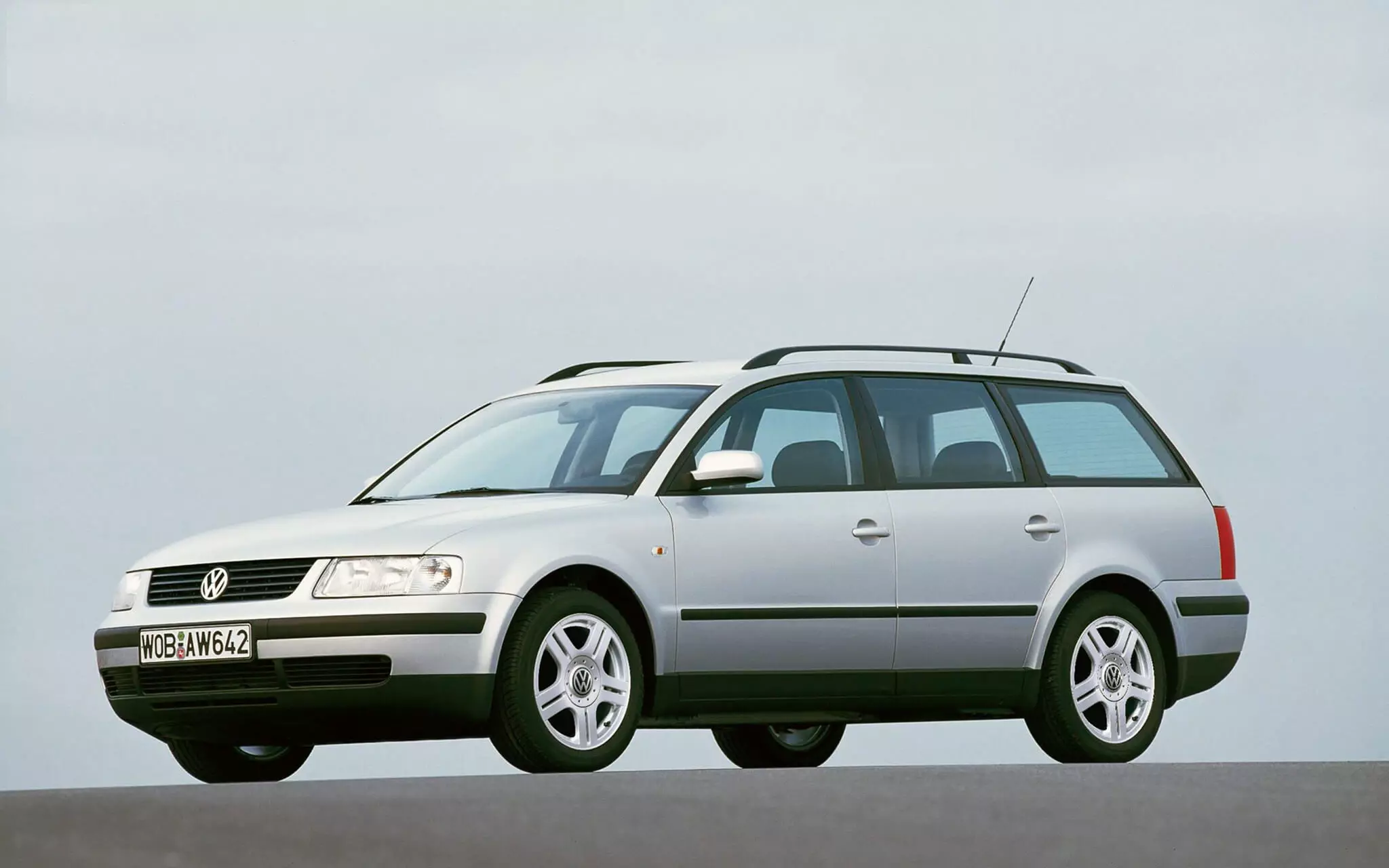
Passat, the first act
It is in this context that the fifth generation of the Volkswagen Passat was born, the first concrete step in this ambition, laying the foundations for everything that would come to follow — from the seminal Golf IV to culminating in models like the Touareg and, above all, the Phaeton.
And what a leap this fifth Passat was! Rigor seems to have been the only watchword that guided its development, a quality that emanated from all its pores. Beside the aesthetics of rigorous, solid geometry and excellent execution — in today's eyes it is conservative, but it had a strong impact at the time and was the right aesthetic for Volkswagen's positioning ambitions —; to the (spacious) interior which, in addition to reflecting the rigorous exterior aesthetics, had its logically arranged parts resulting in high ergonomics, coated with superior-cut materials and robustly assembled, leaving the competition behind.
Subscribe to our newsletter
The “cherry on top of the cake” was the recourse to the foundations of its “cousin” Audi A4 — which had won the car of the year trophy in Portugal a year earlier — without the more modest comings of the Golf, like its predecessor. Foundations that contributed decisively to the superior refinement and sophistication that marked this generation. More than a step above its rivals, for the first time a Passat could be compared, without great fear, with the so-called premium proposals.
No wonder the Passat B5 has so changed the perception of the model we used to know. A change in perception that was reflected in the sales tables and propelled Passat to leadership in the segment, a leadership that has remained until today.
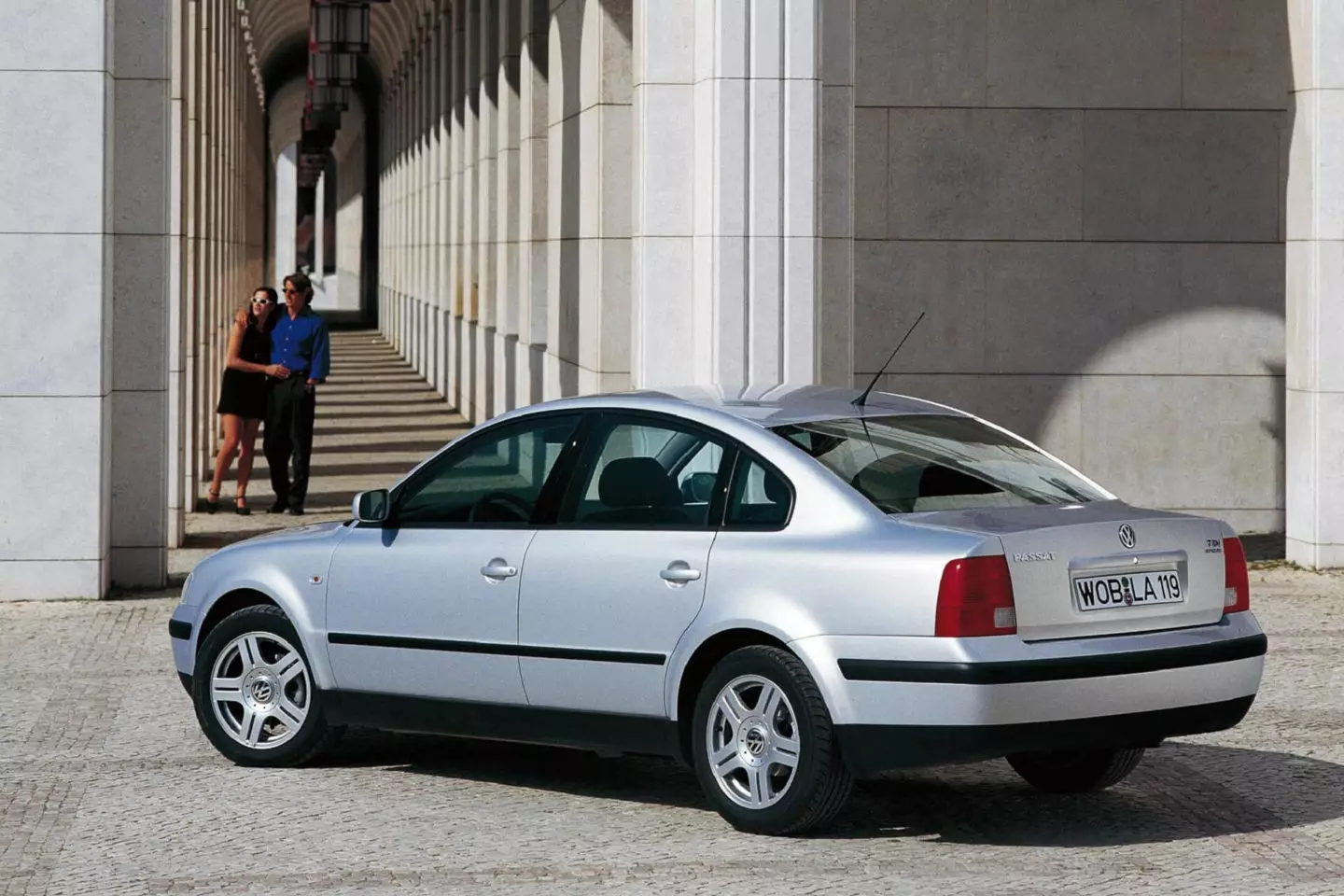
Proposed in two bodyworks, a sedan and a van (Variant), the engines also seemed to have been modeled on the “cousin” A4. From the most mundane 1.6 liter petrol engine to the five-valve 1.8 liter per cylinder, with and without turbo, to the 2.8 liter V6. It would be in the Diesels that it would see the greatest success, an engine on the rise in Europe, especially with the eternal 1.9 TDI, in countless versions (90, 100, 110, 115 hp), one of the most revered blocks to come out of Wolfsburg. It would also have a 2.5 V6 TDI, 150 hp, from Audi.
The technical proximity to Audi guaranteed the Volkswagen Passat a galvanized bodywork and a sophisticated multi-arm front suspension (four arms) in aluminum, just like the A4. The Passat's rigorous lines also proved to be quite aerodynamic, with a Cx of 0.27, a value that, even today, is still competitive.
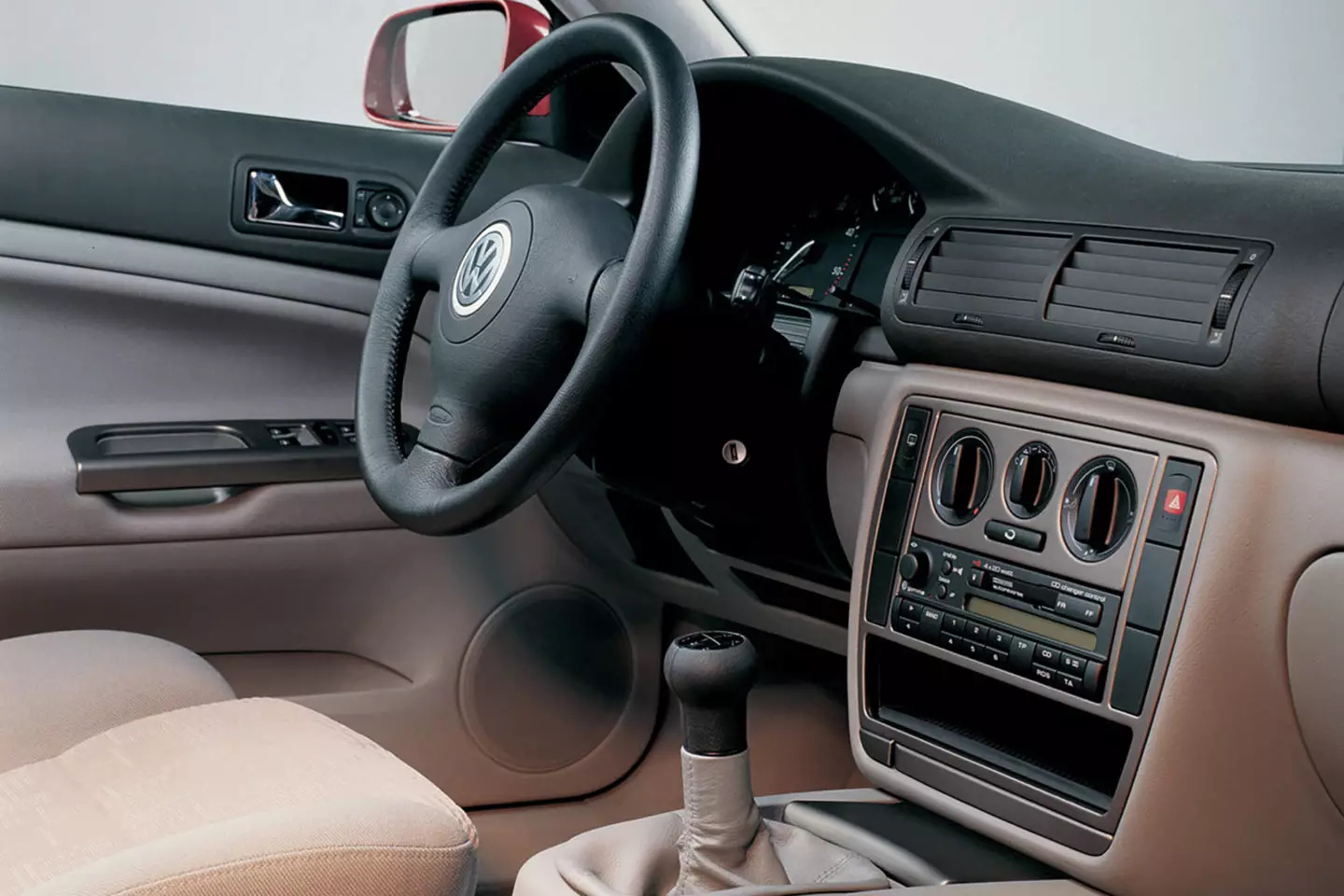
More style and exclusivity
With restyling, in 2000, there was also an increased dose of style (noticeable in the more stylized design of the grille, optics and respective filling) and even a little “shine”, a consequence of the new head of design, with pragmatism original exacerbated to be somewhat attenuated by the chrome decorative accents.
But Piëch's ambition to elevate the status of his model and brand remained unshaken. How to justify the appearance in 2001 of a Passat with an eight-cylinder engine in a W — in a V would be too “common” — other than that of pure ambition, determination, practically forgetting all common sense?
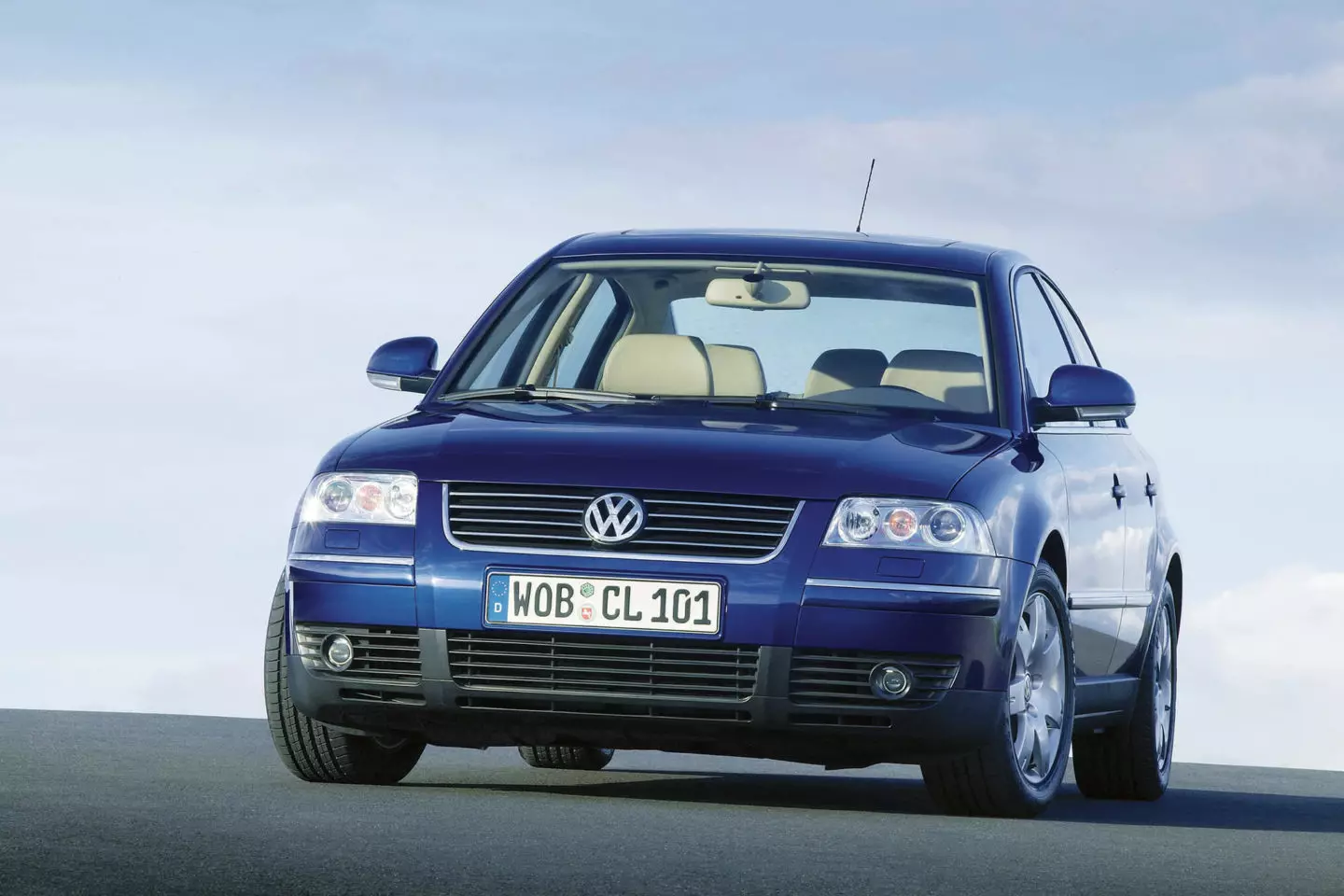
Had Piëch gone too far too quickly? The Passat W8's meager sales seem to confirm this — around 11,000 units sold — although this monster engine, with 4.0 l of capacity, and a price tag to match, may have intimidated as much as fascinated potential customers.
The fifth generation Volkswagen Passat is still considered by many today as the “peak” of the Passat — no wonder it has won so many awards and been the commercial success that it was. All the generations that followed were never able to truly replicate the impact of the Passat B5, even though they benefited from the foundations it laid.
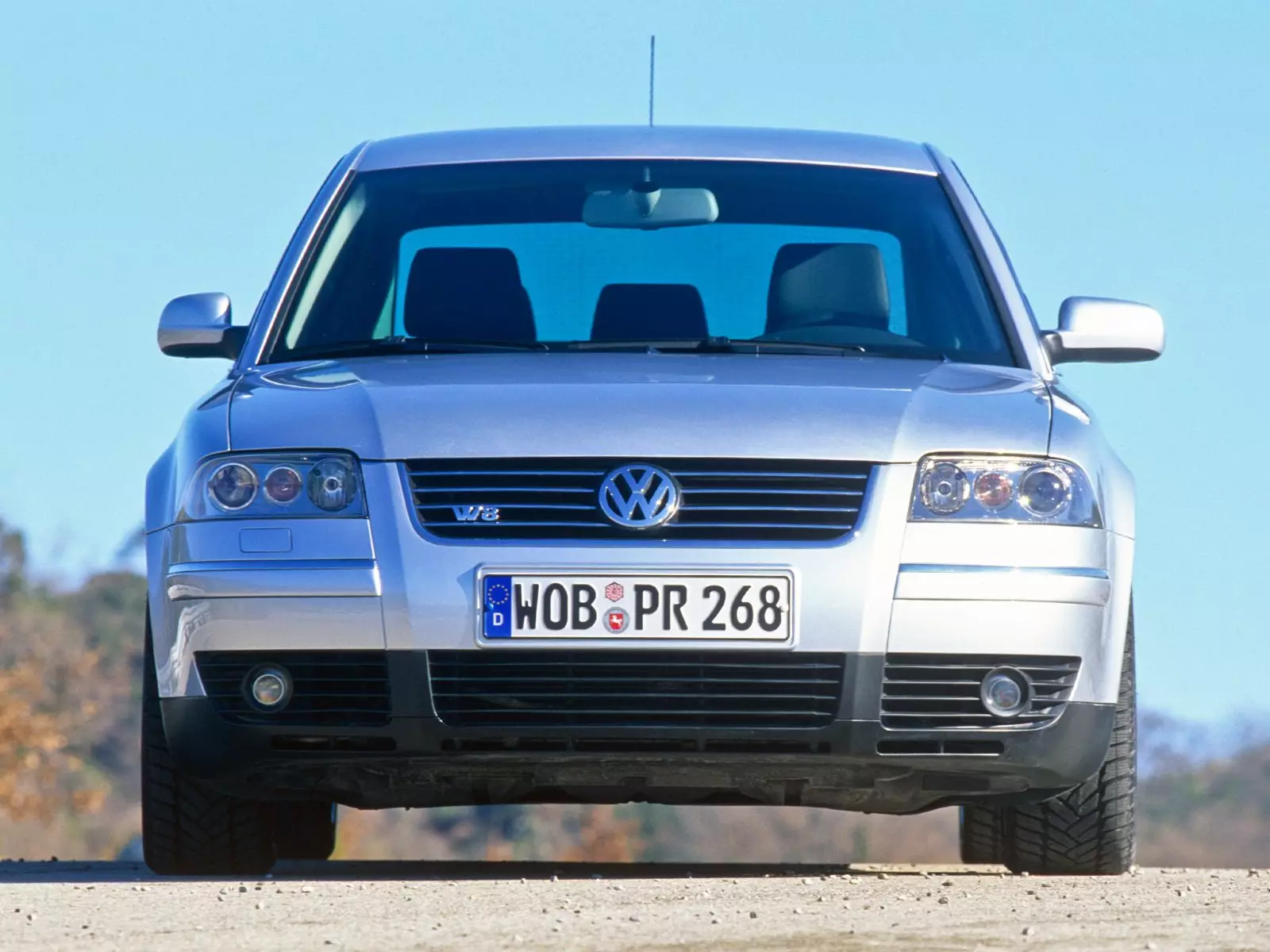
The Volkswagen Passat B5 would remain in production for nine years, with this coming to an end in 2005, being the most successful generation of a name that already accumulates more than 30 million units produced.
Do you want to meet the other Car of the Year winners in Portugal? Follow the link below:
